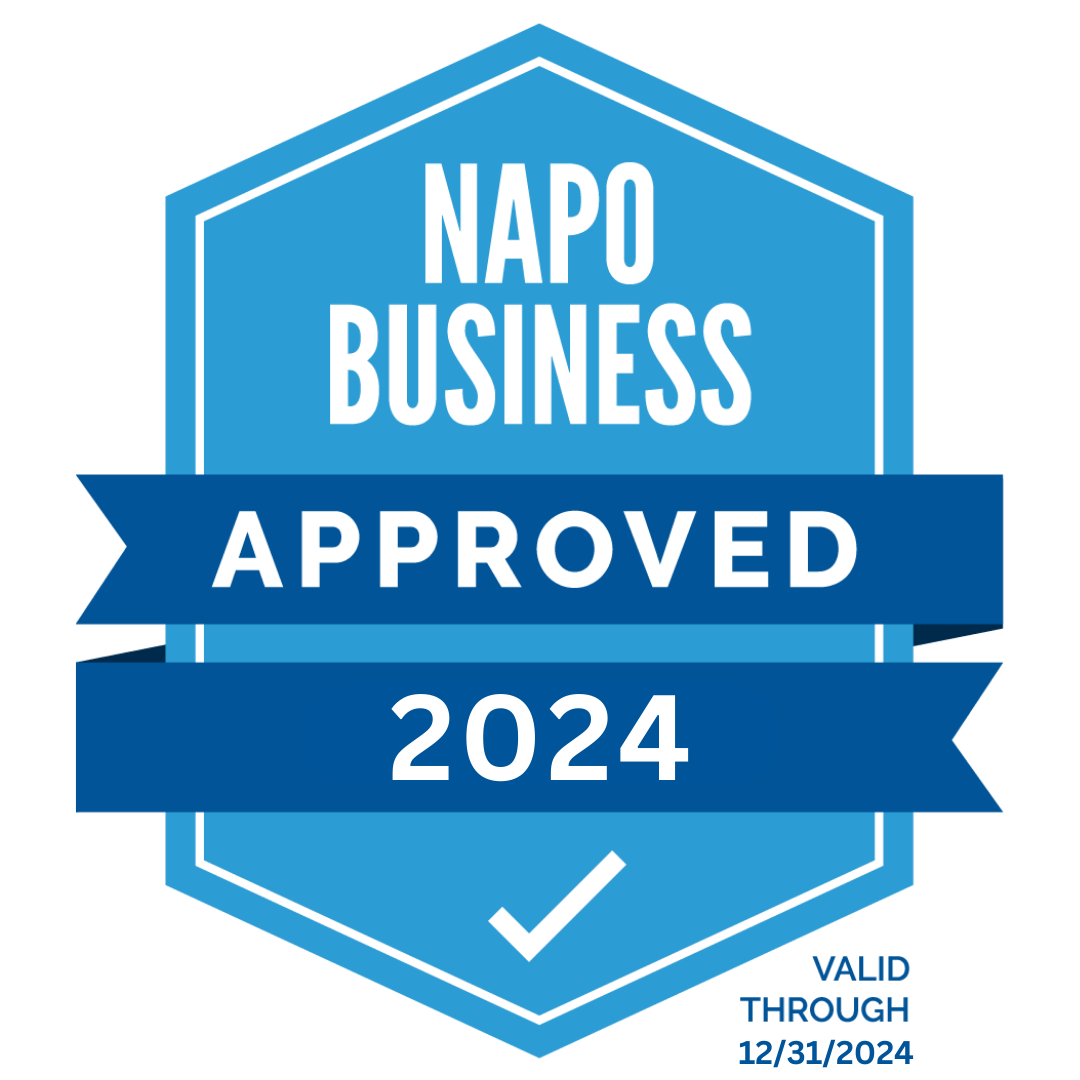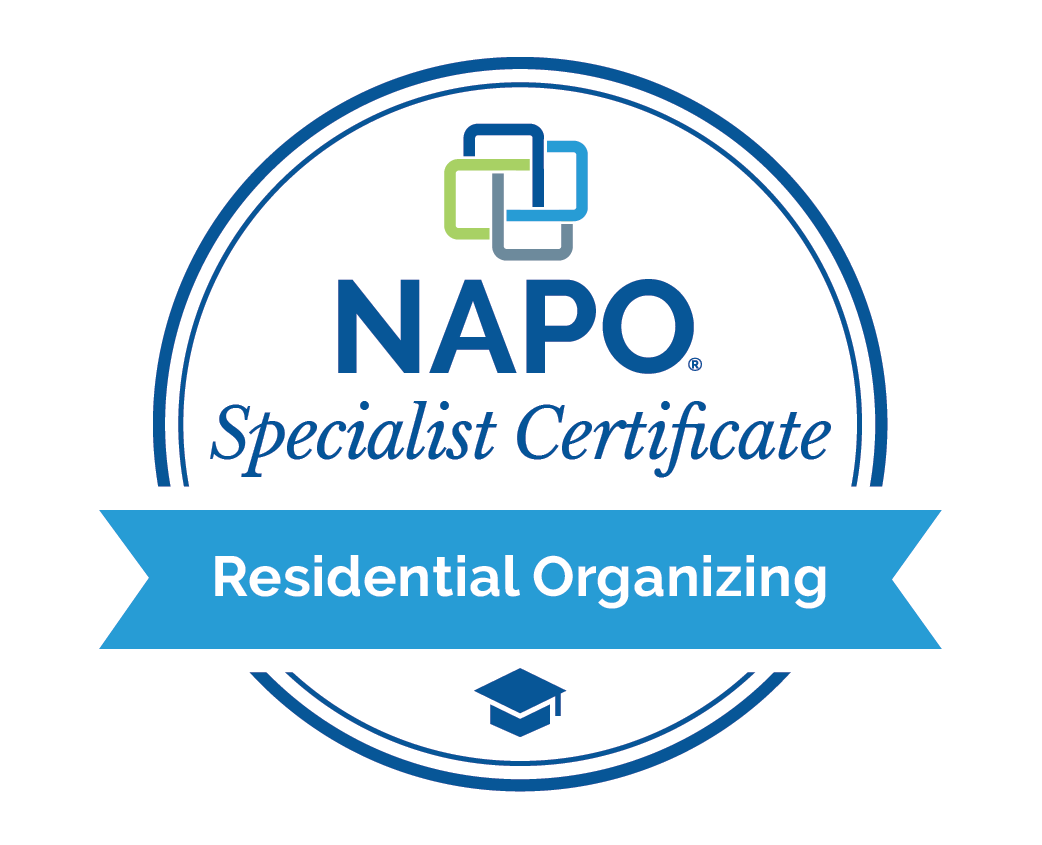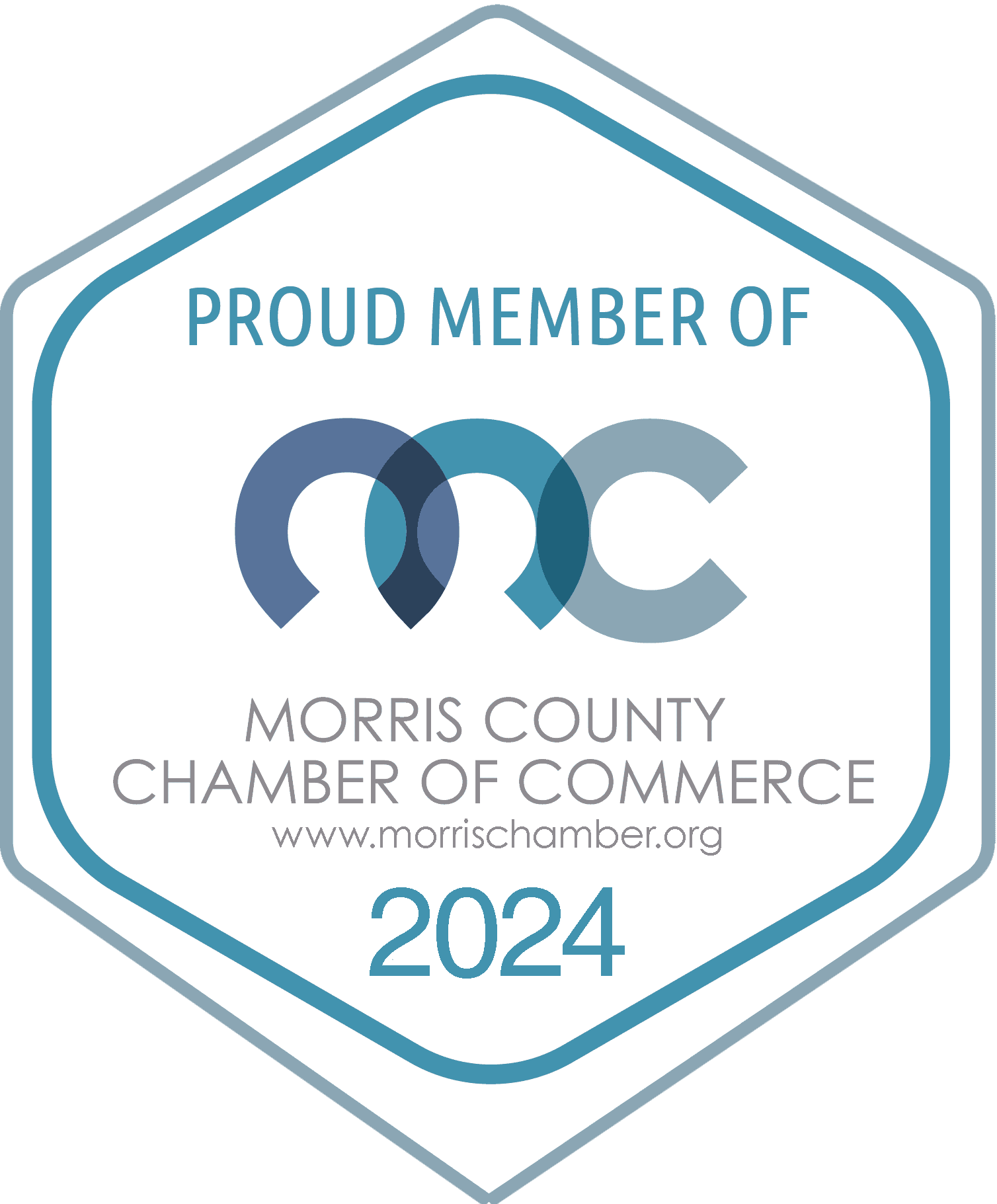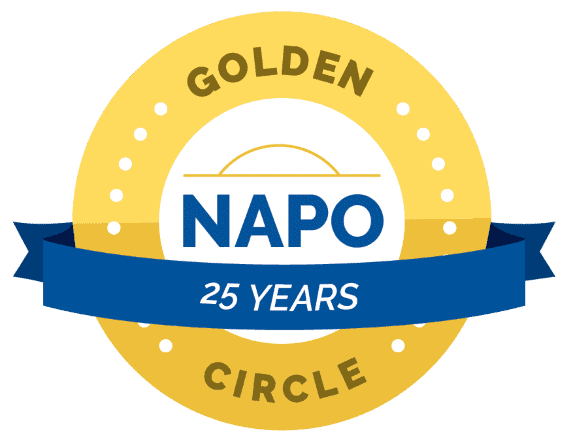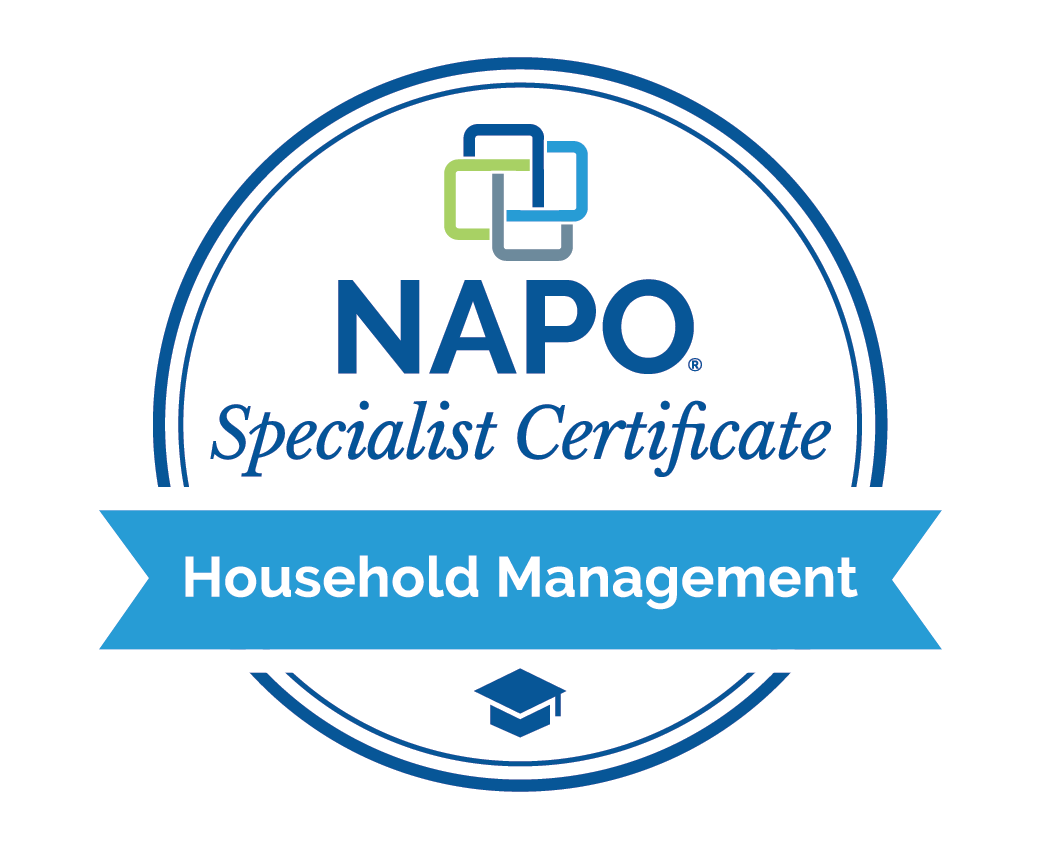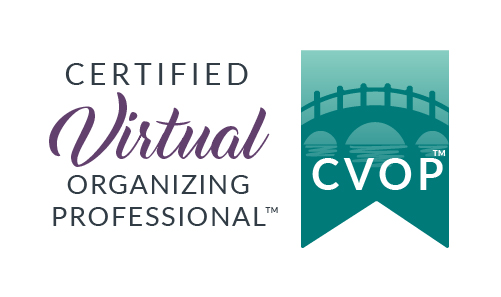In Order Blog
I Wonder What’s In That Bin?
I was walking my dogs around my neighborhood early one morning last month, shortly before the garbage trucks were scheduled to make their rounds. In front of a neighbor’s house, I saw this storage bin sitting at the curb alongside his other trash. 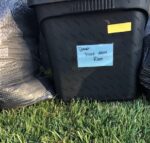 The good news is that the bin actually had a label. The bad news is that the description was ineffectual; it read “David: Stuff From Room.” On the plus side, we know the contents belonged to David. On the downside, we have no idea what those contents are – clothes, books, toys, documents, office supplies, pet rock collection, or perhaps, a combination of items.
The good news is that the bin actually had a label. The bad news is that the description was ineffectual; it read “David: Stuff From Room.” On the plus side, we know the contents belonged to David. On the downside, we have no idea what those contents are – clothes, books, toys, documents, office supplies, pet rock collection, or perhaps, a combination of items.
Why is that important?
The primary purpose of organizing is not to get your papers, clothes or stuff off of surfaces (although, of course, that is a nice benefit); the end goal of organizing is knowing what you have, and being able to access it quickly when you need it.
When you know you have an item….somewhere….but don’t know where “somewhere” is, you waste time searching for it, you increase your stress and frustration levels, and – in some cases – you may waste money repurchasing an object you know you own, but can’t seem to unearth. If the possession is something you need to take with you to a meeting, not being able to find it may cause you to run late for your appointment.
Here are some organizing tips for storing and labeling items.
•Create areas or zones for a particular category of item. A great example of this is Christmas decorations. Often, when I am in a client’s home, I will see tree stands and outdoor lights in the garage, fake trees in the attic, and boxes of ornaments and wreaths in the basement. Instead, designate a single zone or area for your holiday decorations. All holidays. Within that zone, create sub-areas for each holiday – i.e., store all the Halloween items together, store all the Christmas items together, store all the Thanksgiving items together. This way, you know exactly where holiday items are stored, which makes your life easier when it’s time to retrieve them.
•Label storage bins descriptively. Unlike my neighbor’s bin in the photo above, you want to be both specific and descriptive. You could label the bin generically “Christmas” or “Christmas Decorations.” That would be descriptive and would allow you to pinpoint the right holiday tote. However, if you’re like many of my clients, you may have six to ten bins for Christmas, if not more. By labeling more specifically, such as “Christmas village,” “Christmas greenery,” “Christmas indoor lights,” and “Christmas tree ornaments” you know exactly what is in each box without having to dig through it. Also, if you decorate in stages over a few days (one day for exterior decorations, one evening for your living room, another evening for the hallway and staircases), this descriptive and specific labeling allows you to pull out only the bins you need for that decorating project.
•Include time frames when appropriate. If you are storing historic financial documents, including a date range can be helpful. Rather than “old tax returns” label the box “Tax Returns 2007-2012.”
•Use similar sized boxes or containers when feasible and logical, especially for long-term storage. Having boxes that have the same dimensions allows you to stack them securely, minimizing the likelihood something will topple over.
Happy labeling!








